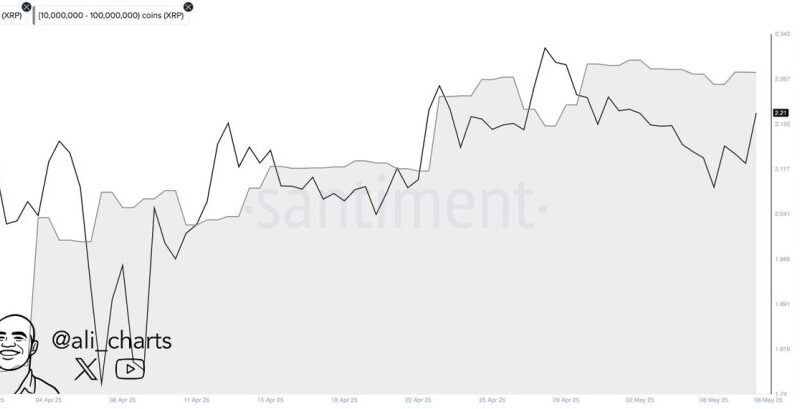How Saylor’s Strategy Transformed Bitcoin into a Deflationary Asset: Details
By being pre-programmed to have only 21 million bitcoins ever to exist, the largest cryptocurrency’s model is not, by definition, deflationary. After all, new BTC is mined every day, and none is being destroyed in the traditional sense of the word, which is the opposite of deflationary.
However, CryptoQuant’s CEO explained how Strategy and its co-founder, and BTC champion, Michael Saylor, made bitcoin into a deflationary asset.
Is BTC Deflationary?
By definition, deflationary means that the asset’s supply is designed to decrease over time. So, by that explanation, the newly minted BTC every day (currently ~450 BTC/day) does not put the cryptocurrency into that category. Someone would argue that BNB should be there since it has a burning mechanism to reduce the overall supply from 200,000 to 100,000.
Ethereum also made some progress on that matter, but that’s a different and rather controversial topic (and it doesn’t really work as promised, at least not always).
In BTC’s case, though, there’s one big (un)spoken hero who deserves a big “thank you” from Bitcoin Maxis, according to CryptoQuant’s chief exec, Ki Young Ju (even though he deleted the original post with the thank you note). In the updated one, he explained that Michael Saylor, through the company he co-founded, has turned Bitcoin into a deflationary asset because the entity is “buying BTC faster than it’s mined.”
CQ’s CEO determined that Strategy’s strategy (yeah, we get how it sounds) not to sell at any cost has turned its massive stash of over 555,000 BTC into an illiquid supply. This means that MSTR’s holdings are equal to -2.23% annual deflation rate for bitcoin. The percentage could be even higher when we examine other “stable institutional holders” who have incorporated the HODL strategy.
#Bitcoin is deflationary.@Strategy is buying BTC faster than it’s mined. Their 555K BTC is illiquid with no plans to sell. MSTR’s holdings alone mean a -2.23% annual deflation rate—likely higher with other stable institutional holders. pic.twitter.com/9VKT3IdcYo
— Ki Young Ju (@ki_young_ju) May 10, 2025
555,450 and Counting
The company began its massive accumulation spree in September 2020 when it was called MicroStrategy and Saylor was still CEO. At a time when bitcoin was fighting to stay above $10,000 (yes, one zero less than now), the NASDAQ-listed business intelligence software firm bought 21,454 BTC via 78,388 off-chain transactions.
In the following year, the cryptocurrency’s price skyrocketed to an all-time high of almost $70,000. The company kept buying. Then, the asset plunged deep below $20,000 following the FTX crash as well as many other industry blow-offs. The firm continued accumulating, even though its stash was now well in the red.
The 2024 US elections only strengthened Strategy’s conviction, and the firm now owns 555,450 BTC, valued at almost $58 billion at current prices. This puts its holdings in an unrealized profit state of nearly $20 billion.
The post How Saylor’s Strategy Transformed Bitcoin into a Deflationary Asset: Details appeared first on CryptoPotato.



